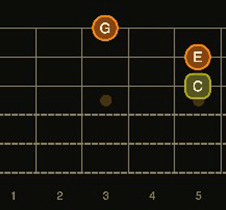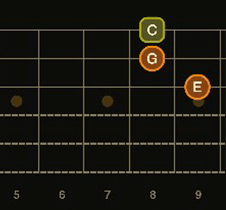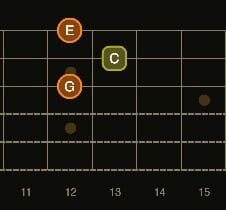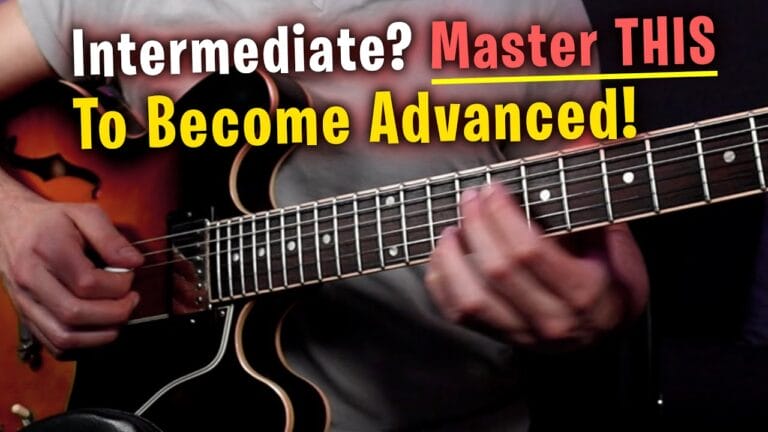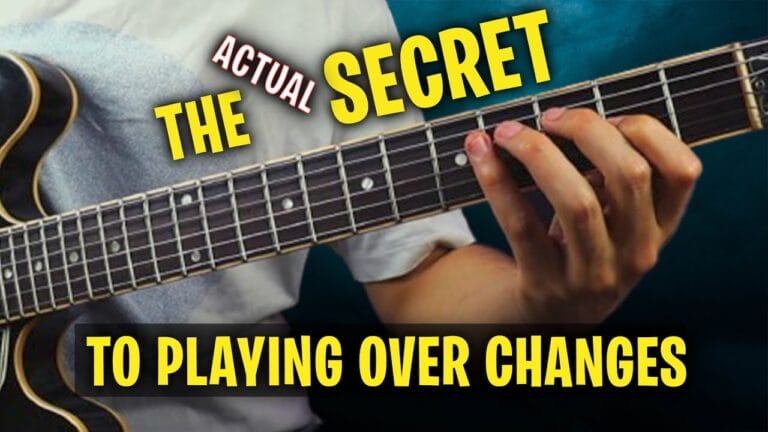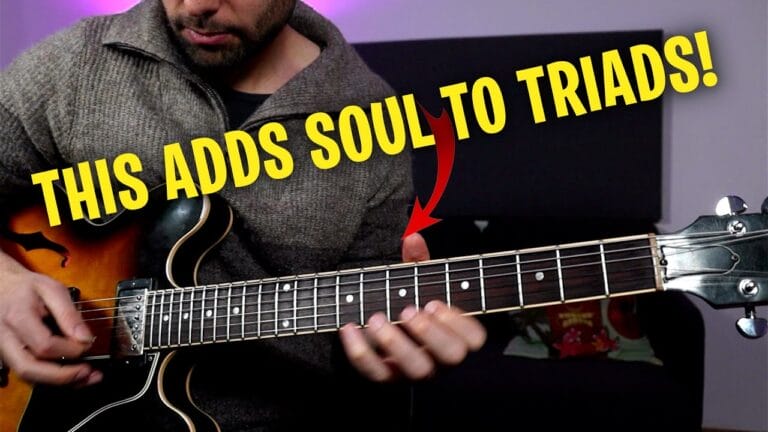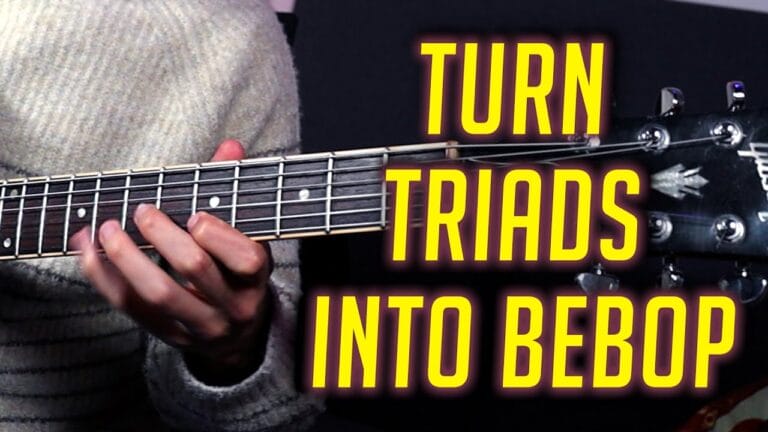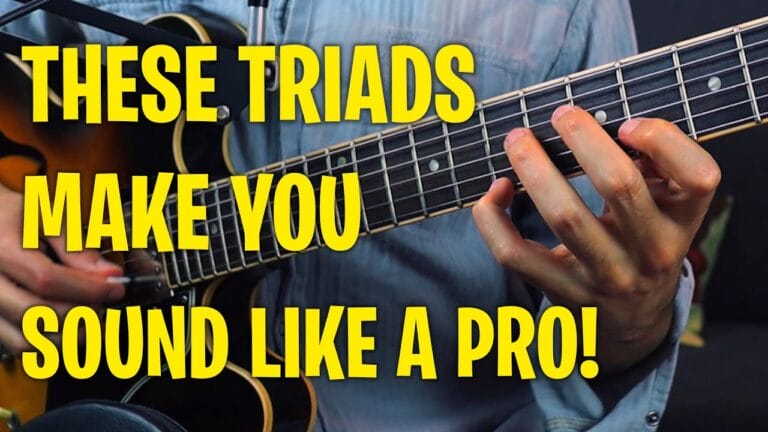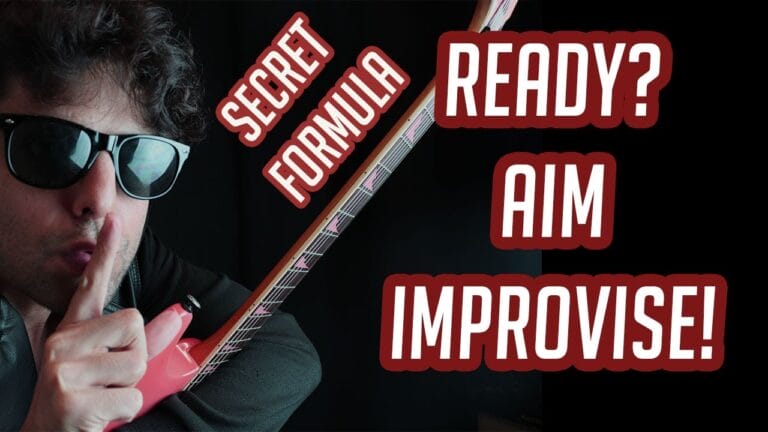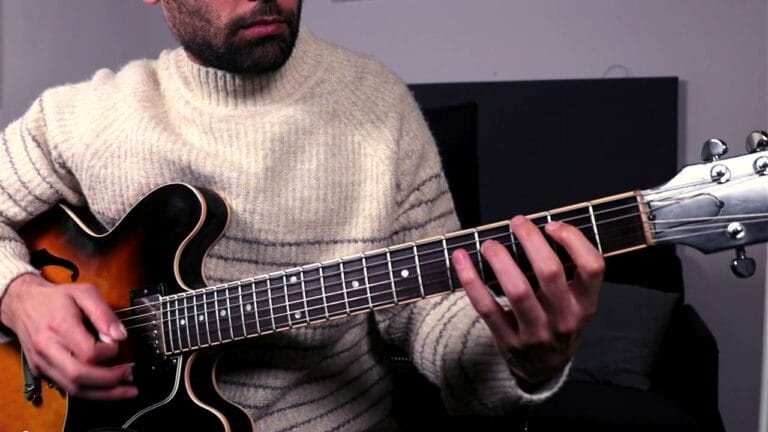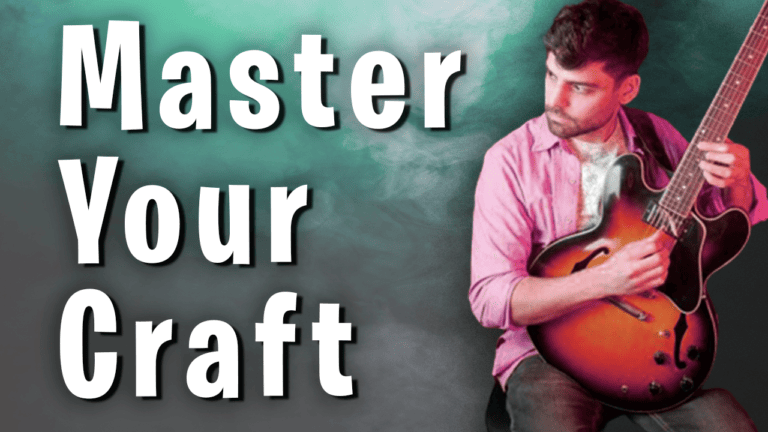Master Major Triads: The Ultimate Guide for Guitar Players
Introduction
Playing guitar is a rewarding and enjoyable experience, but it can also be challenging at times. One of the most important concepts to understand as a guitar player is triads. A triad is a chord made up of three notes, and the major triads are among the most commonly used chords in music. In this article, we will explore the basics of major triads, how to play them on the guitar, and how to use them to improve your playing.
At WeissGuitar.Com we understand the importance of learning guitar in a way that is both fun and effective. That’s why we offer a wide range of resources, including online courses, tutorial videos, and expert advice, to help guitar players of all levels reach their goals. Whether you’re just starting out or are looking to take your playing to the next level, we’re here to support you every step of the way.
What are the 3 major triads?
The three major triads of the major scale are made up of the root, major third, and perfect fifth. These chords are represented by the letters I, IV, and V in Roman numerals. For example, in the key of C, the I chord would be C major, the IV chord would be F major, and the V chord would be G major. Understanding these basic chords will allow you to play a wide range of songs and progressions.
How do you play a major triad on guitar?
Playing a major triad on the guitar is relatively simple, but it does require some knowledge of the fretboard. Start by placing your first finger on the root note of the chord, then your second finger on the major third, and your third finger on the perfect fifth. . It’s important to practice different fingerings and inversions to develop flexibility in your playing.
Triad Types
There are 4 main types of triads, major, minor, diminished, and augmented. It’s essential to understand the difference between them as this will give you a wider range of chords to use in your playing. A major triad is represented by a capital letter, a minor triad is represented by a “m” after the letter (ex, Dm, Em, Am) , a diminished triad is represented by a small circle after the letter, and an augmented triad is represented by a “+” or “aug” sign after the letter.
Major Triad Chords
It is fair to say that Major Triads have a happy and cheerful feel to them and are used in a wide range of genres such as pop, rock, and country. To play these chords, you need to know the basic triad shapes and how to play them in different inversions.
Triad Memorization
Memorizing triads is an essential part of becoming a proficient guitar player. There are a few ways to memorize triads, such as memorizing the notes of the chords, the intervals, or by using mnemonic devices. One of the best ways to memorize triads is by practicing them regularly, and also incorporating them into your playing
Major Triad Pattern
A major triad pattern is a specific way of playing the chords that creates a certain sound or feel. These patterns can be used in a wide range of styles and are a great way to add variety to your playing. Some examples of major triad patterns include arpeggios, broken chords, and passing chords.
Identifying Major and Minor Triads
It’s important to be able to identify whether a chord is major or minor by ear. One way to do this is by listening to the intervals between the notes. A major triad has a bright and happy sound, while a minor triad has a sad and contemplative sound.
Number of Triads on guitar
There are many triads on the guitar, and the more you learn, the more options you’ll have for creating interesting and varied chord progressions. It’s important to practice different fingerings and inversions to develop flexibility in.
